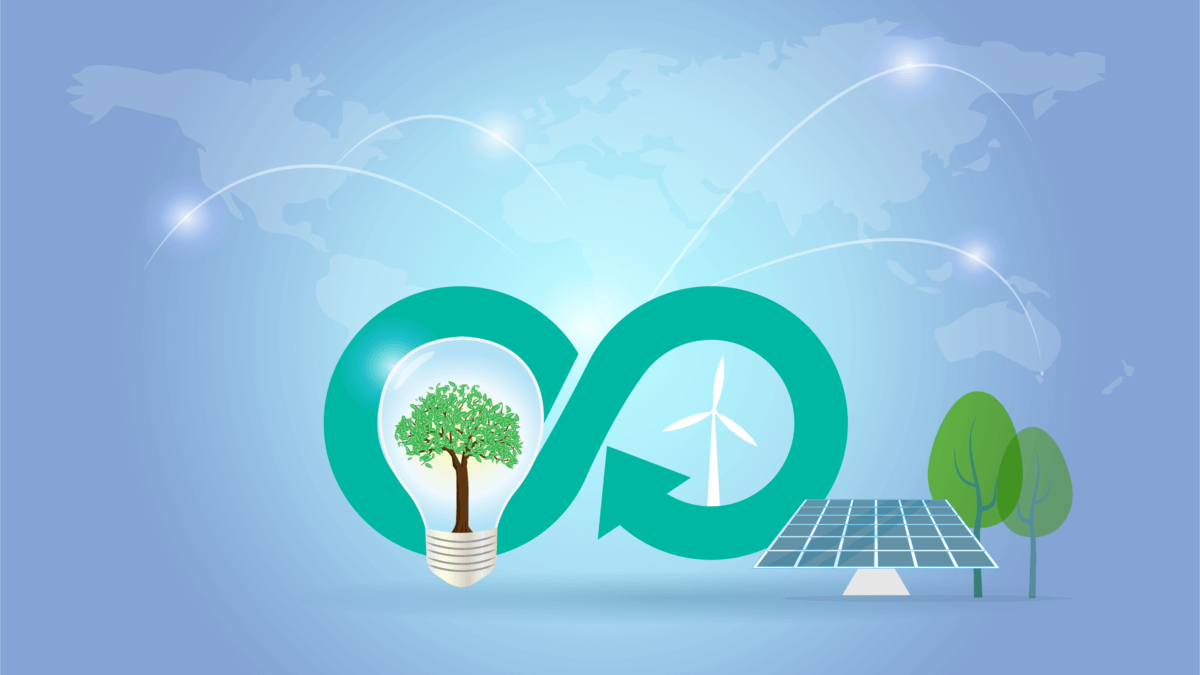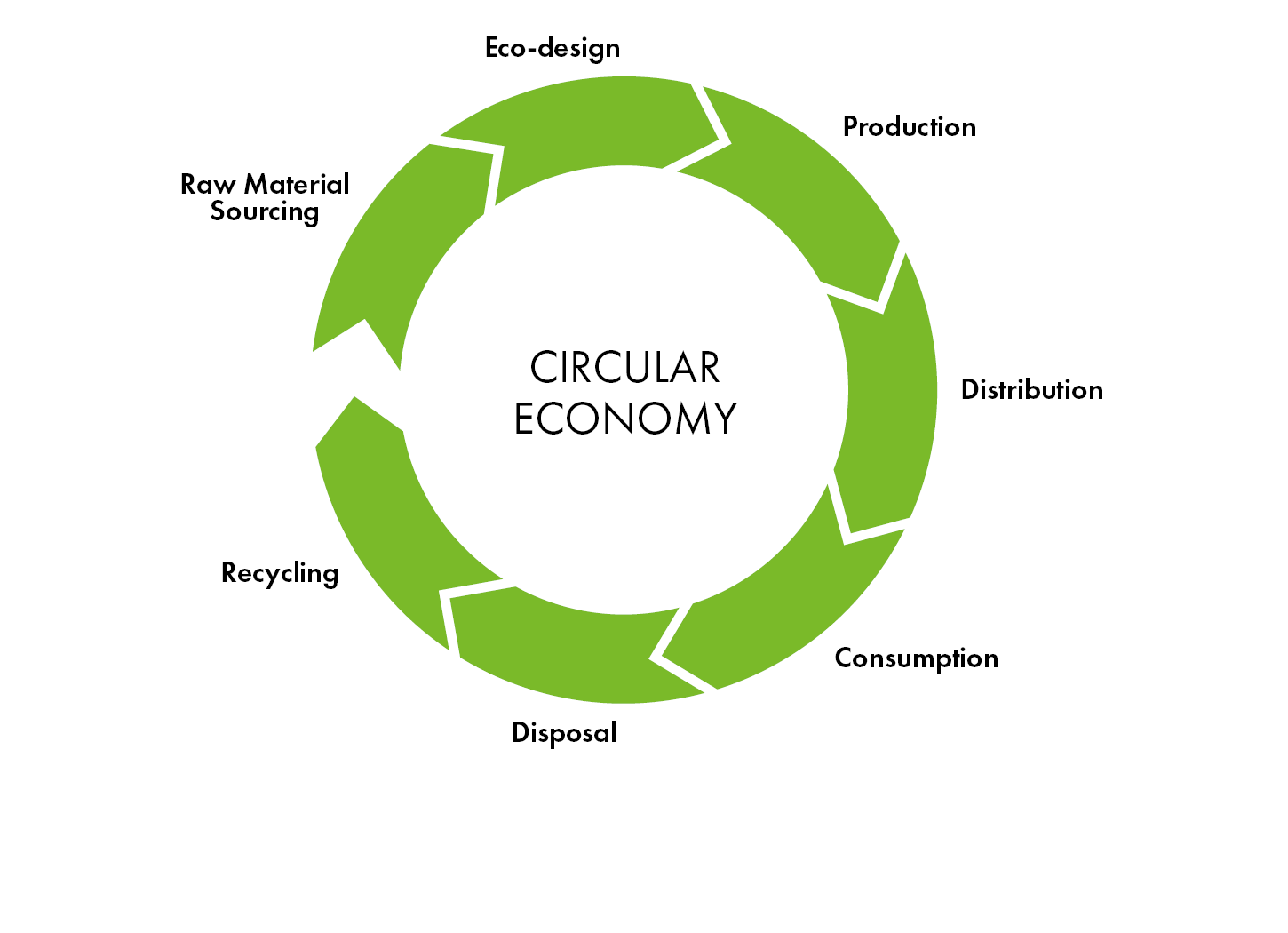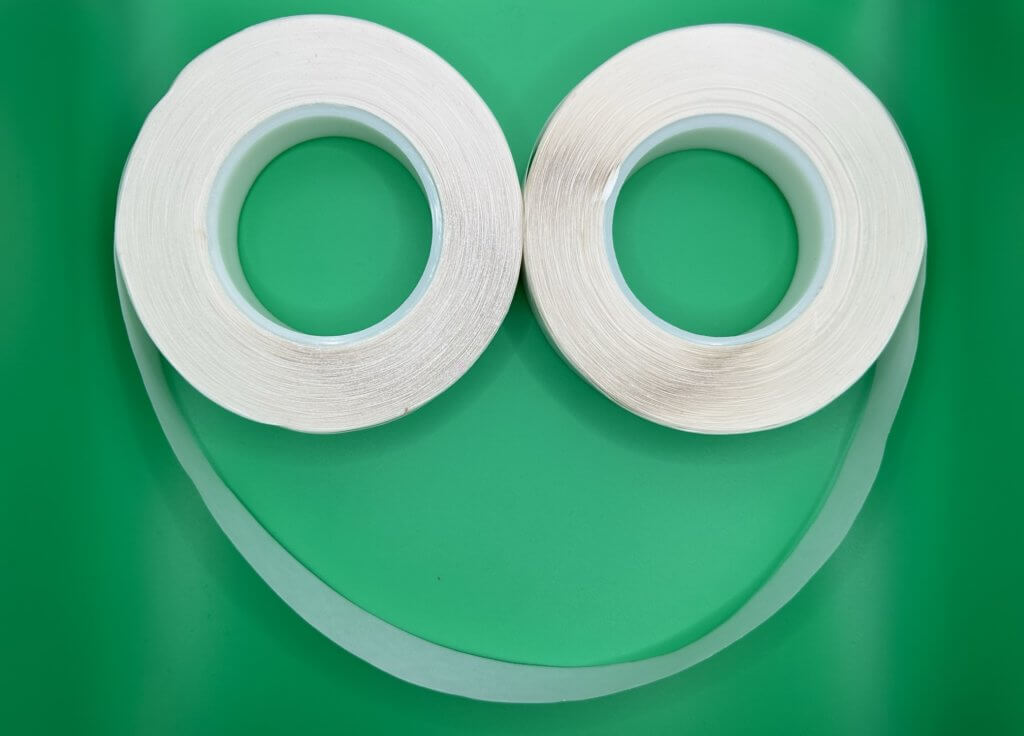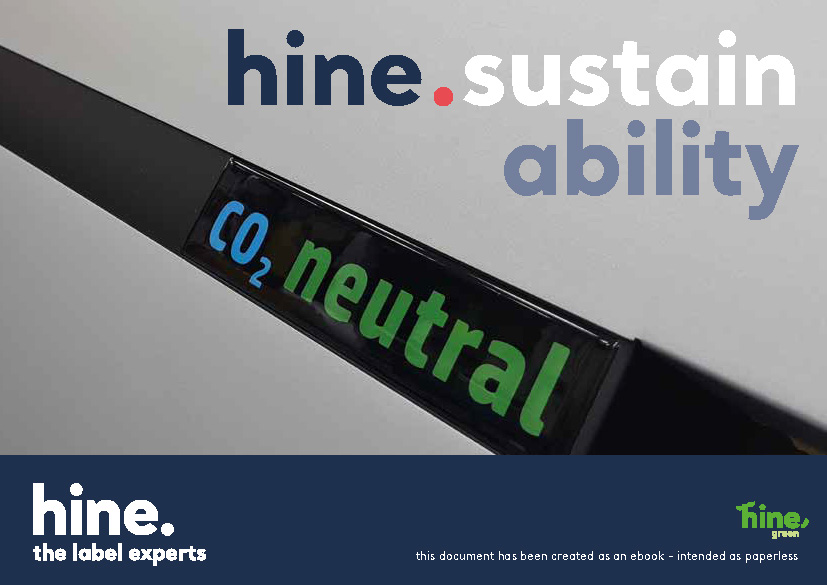
Instead of the traditional model of “take, make, and dispose,” a Circular Economy puts an emphasis on reusing and recycling materials, rather than discarding them, once they’ve served their original purpose. An unending loop.

As consumers, everything we buy has a label on it.
We have the potential to bring about change by increasing the recyclability and reusability of packaging and providing information about the product’s environmental friendliness.
You can either increase the percentage of recycled material in your labels and packaging or utilise label materials that facilitate recycling and reuse more effectively. Use these methods together for the most eco-friendly packaging possible.
Hine are developing a range of substrate materials made from recycled non-virgin pulp, that have the ability to be recycled again and again. Combined with our digital printing technology, this will be a winning formula for a more circular economy.

Brands with a conscience tend to fare better financially.
Join our efforts to do better.
Want to know more?

Brands that do good, do well. Companies around the globe are switching to circular business models not just because it’s the right thing to do, but because consumers are demanding it.

The up-and-coming generations voting with their wallets are Gen Z and Millennials.
The youngest members of Gen Z are now approximately 8 years old, while the oldest are in their early 20s. Millennials, the generation before Gen Z, are between the ages of 26 and 40.
Combined, this is a large area of consumers who are already driving brands to be more socially responsible and care about the earth. This is the future.
Researched and Written by Becky Morris. Edited by Rob Lucas. © Hine Labels 2023